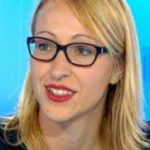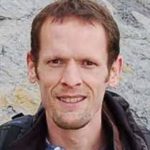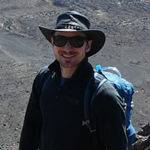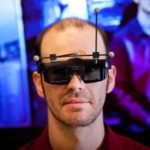Keynote Speakers

Cathy Quantin-Nataf
Professor at Université Claude Bernard Lyon1 / Laboratoire de Géologie de Lyon (OSUL).
The challenges of Martian virtual Geology
The last two decades have seen a growing number of space missions exploring the solar system with a wide range of on board instruments recording very diverse types of data characterizing planetary surfaces. The challenge to manage and combine this voluminous and diverse dataset is huge. But large effort has been made the last decade to secure, manage and widely diffuse these data to optimize the investigation of planetary surfaces. It is especially true for the surface of Mars where multiple orbiters and rovers are dedicated to its investigation. We will present by the example of the surface of Mars: What have been the recent advances in the data management and their wide distribution thanks to web-GIS plateforms ? and how from these data we conduct geological virtual investigation of Mars ? The landing site characterization of in situ Martian mission is a good example of how far we can virtually assess the geology of Mars and we will illustrate this presentation by the example of both Mars2020 and Exomars missions.

Guillaume Caumon
Professor at Université de Lorraine, Laboratoire Géoressources & Leader of the RING consortium.
Behind the outcrop: On 3D subsurface modeling and uncertainty management.
Digital outcrop models offer unprecedented resolution and quality on the earth surface. Predicting the nature of the rocks 5 m or 1 km behind the outcrop involves extrapolating the available data. In this presentation, I will review classical and recent methods used in subsurface modeling, and discuss some aspects about subsurface uncertainty for structures and sedimentary objects.

Lachlan Grose
Dr. at Monash University & Supervisor of the Loop project.
Automated 3D geological modelling using Loop
Loop is an open source 3D probabilistic geological and geophysical modelling platform, the project was initiated by Geoscience Australia and the OneGeology consortium. The loop project includes research and developments into the automation of geological modelling, structural geological modelling, geophysical inversion and uncertainty assessments. This presentation will outline the geological modelling developments in Loop. We will demonstrate the workflow for automatically processing and augmenting geological maps for 3D geological models. Within this workflow the fault displacements, overprinting relationships and stratigraphic column are estimated from the map. Using our 3D geological modelling library, LoopStructural, structural geology concepts are applied to better integrate structural elements into the geological models. The basis for structural geological modelling in LoopStructural is a curvilinear coordinate system, the structural frame. The structural frame has three coordinates that are aligned with the geometry of the feature being modelled (fault, fold and intrusion). Using the structural frame, geological conceptual models can be integrated with the observations of geological objects.

Oliver Kreylos
Dr at UC Davis & lead computer scientist of the KeckCAVES project
